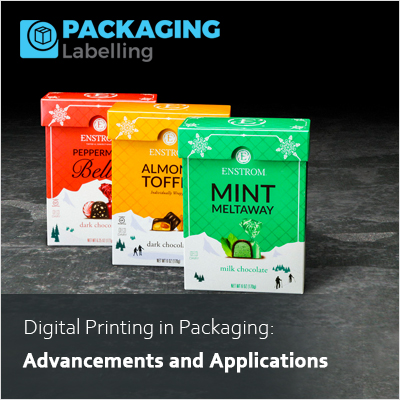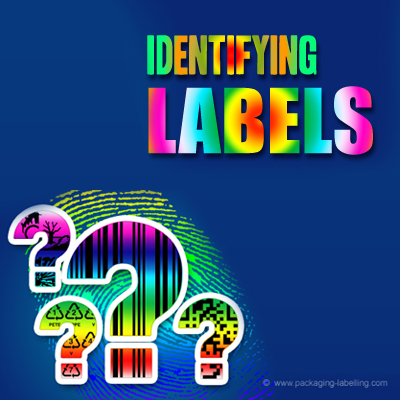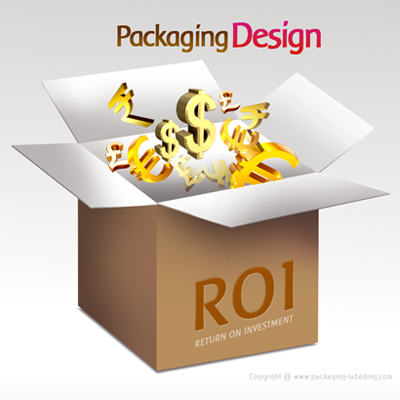Digital Printing in Packaging: Advancements and Applications

In the dynamic landscape of packaging, the adoption of digital printing technologies has emerged as a transformative force, revolutionizing the way brands design, produce, and market their products. This article delves into the advancements and applications of digital printing in the packaging industry, exploring the benefits, challenges, and prospects of this innovative approach.
I. Introduction
Digital printing in packaging refers to the method of directly printing graphics and text onto packaging materials using digital technology. Unlike traditional printing methods, such as offset or flexography, digital printing eliminates the need for printing plates, allowing for shorter print runs, increased customization, and enhanced efficiency.
II. Advancements in Digital Printing Technology
A. High-Resolution Printing
Digital printing has evolved to deliver exceptionally high-resolution outputs, enabling intricate details, vibrant colors, and photo-realistic imagery. This advancement is particularly significant for industries where visual appeal plays a crucial role, such as food, cosmetics, and retail.
B. Variable Data Printing
Digital printing offers a significant advantage through its ability for variable data printing. This means that brands can personalize each package with distinct text, graphics, or promotional content, enabling targeted marketing and scalable personalization.
C. Quick Turnaround Times
Digital printing eliminates the need for lengthy setup processes associated with traditional printing methods. This results in significantly reduced lead times, allowing brands to respond swiftly to market trends, seasonal changes, and consumer preferences.
D. Printing on Various Substrates
Advancements in inkjet technology have expanded the range of substrates that can be used in digital printing. This includes paper, cardboard, plastics, and even certain types of packaging films. This versatility opens up new possibilities for creative and functional packaging design.
III. Applications of Digital Printing in Packaging
A. Short-Run Packaging
Digital printing is particularly advantageous for short print runs, where traditional printing methods may be cost-prohibitive. This is especially beneficial for small and medium-sized businesses, allowing them to produce customized packaging without excessive setup costs.
B. Prototyping and Testing
The flexibility of digital printing makes it an ideal choice for prototyping and testing new packaging designs. Brands can quickly iterate through different versions, making adjustments on the fly and gauging consumer responses before committing to large-scale production.
C. Seasonal and Limited Edition Packaging
Brands often release seasonal or limited edition products that require unique packaging designs. Digital printing enables the efficient production of small batches with distinctive graphics, helping brands create a sense of exclusivity and urgency.
D. Personalized Packaging for Consumer Engagement
As e-commerce and direct-to-consumer models continue to gain prominence, customized packaging has emerged as a potent tool for engaging consumers. Digital printing enables the incorporation of personalized elements, such as names or images, contributing to a memorable unboxing experience.
IV. Challenges and Considerations
A. Cost Considerations
While digital printing offers cost advantages for short print runs, it may become less economical for large-scale production. Brands need to carefully assess the volume and frequency of their printing needs to determine the most cost-effective approach.
B. Material Compatibility
Not all packaging materials are suitable for digital printing. Certain substrates may require pre-treatment or coatings to ensure optimal print quality. Brands must collaborate closely with digital printing providers to choose materials that align with their design and functionality goals.
C. Durability and Resistance
Digital printing inks may have different durability characteristics compared to traditional inks. Brands in industries such as pharmaceuticals or chemicals need to ensure that printed information remains legible and resistant to environmental factors such as moisture or abrasion.
V. Future Trends and Developments
A. Integration with Smart Packaging
The integration of digital printing with smart packaging technologies is an exciting avenue for future development. This includes incorporating QR codes, augmented reality markers, or NFC tags directly into printed designs, enhancing consumer interaction, and providing valuable product information.
B. Sustainability Initiatives
As sustainability becomes a central concern for both consumers and brands, the digital printing industry is exploring eco-friendly ink formulations and recyclable substrates. The development of greener printing practices is poised to shape the future of digital printing in packaging.
C. Advanced Color Management
Further advancements in color management technologies will enable digital printers to achieve even greater color accuracy and consistency. This is crucial for brands that prioritize maintaining a consistent brand image across various packaging materials and print runs.
VI. Conclusion
Digital printing in packaging has evolved from a niche technology to a mainstream solution offering unparalleled flexibility, customization, and efficiency. As technology continues to advance, and consumer expectations evolve, digital printing is poised to play an increasingly pivotal role in shaping the visual and functional aspects of packaging across diverse industries. Brands that embrace and adapt to these advancements stand to gain a competitive edge in an ever-changing market.









